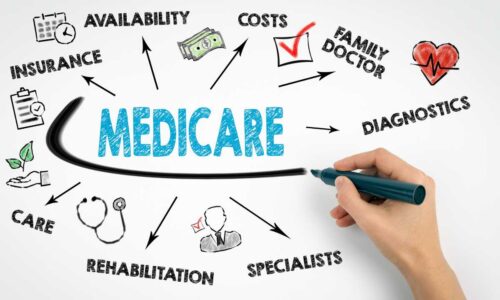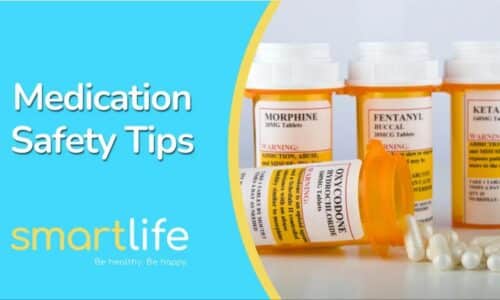What is the latest about Coronavirus? |

It has been a few weeks since we last talked about the coronavirus. A lot has changed since then, so I thought an update was in order. To start, they changed the abbreviation that was assigned to the novel coronavirus. It is now being abbreviated as COVID-19.
Even though we have learned quite a bit since the outbreak first started, we are still learning new things about this disease. Let’s talk about what we know at this time. In the last Health Tip about COVID-19, we talked about basics of what the virus is and the symptoms, so I won’t be going over that in detail again.
-
Symptoms can include fever, cough, and shortness of breath.
-
Current information suggests that serious illness occurs in approximately 16% of cases.
-
Older people and people with certain chronic medical problems, such as heart disease, lung disease, and diabetes, appear to be at greatest risk for serious illness.
-
We have learned that some people can have the virus with little, or no symptoms.
-
There have been at least 230 cases of COVID-19 in the U.S., with 12 total deaths. A total of 21 states are reporting cases. These numbers are accurate as of 3/6/2020 at 6 am EST.
-
Testing is being done in all states, and any person with symptoms and a doctor’s order can be tested.
-
For most of the American public, who are unlikely to be exposed to the coronavirus at this time, the immediate health risk from COVID-19 is considered low.
-
People in communities where ongoing community spread with the coronavirus has been reported are at an elevated, though still relatively low risk of exposure.
-
Healthcare workers caring for patients with COVID-19 are at an elevated risk of exposure.
-
Close contacts of persons with COVID-19 also are at an elevated risk of exposure.
-
Travelers returning from affected international locations where community spread is occurring also are at an elevated risk of exposure.
-
Avoid close contact with people who are sick
-
Avoid touching your eyes, nose, and mouth
-
Clean and disinfect frequently touched surfaces
-
If you are sick, STAY HOME. If your kids are sick, keep them home from school.
-
Cover your cough or sneeze with a tissue, then throw the tissue in the trash.
-
Use an alternative to handshaking when greeting someone, maybe a friendly wave of the hand.
-
Wash your hands using soap and water for at least 20 seconds, especially after going to the bathroom, blowing your nose, coughing, sneezing, or before eating or preparing food. If soap and water is not available, use an alcohol-based hand sanitizer with at least 60% alcohol.
-
Keep up your routine exercise program. Remember that 30 minutes of moderate exercise each day improves your immune response to fight viruses.
-
Facemasks should be used by people who show symptoms of COVID-19 to help prevent the spread of the disease to others.
-
Facemasks are crucial for health care workers or people who are taking care of someone who has COVID-19 or has symptoms concerning for the virus.
-
The CDC does not recommend that people who are well wear a facemask to protect themselves in the community from any respiratory disease, including COVID-19
-
There is no reason to panic, but you should be concerned and cautious.
-
You should keep up with your local news in order to stay informed about the situation in your local community.
-
If you must travel to another area, make sure you know the situation in that area beforehand.
-
Talk with your employer about what the plan might be if the virus starts spreading in your area. For instance, do you have the ability to work from home?
-
Be prepared for the unlikely circumstance that you would need to be quarantined at home for 2 weeks, with little notice. Have additional canned goods or frozen foods on hand, for instance.
For more information about the coronavirus, you can use this link to the CDC website, https://www.cdc.gov/coronavirus/2019-ncov/index.html
If you have any more questions just Ask Hanna, our health advisors are here to help.
Dr. Anita Bennett MD – Health Tip Content Editor
Image: ©Shutterstock / Gearstd








